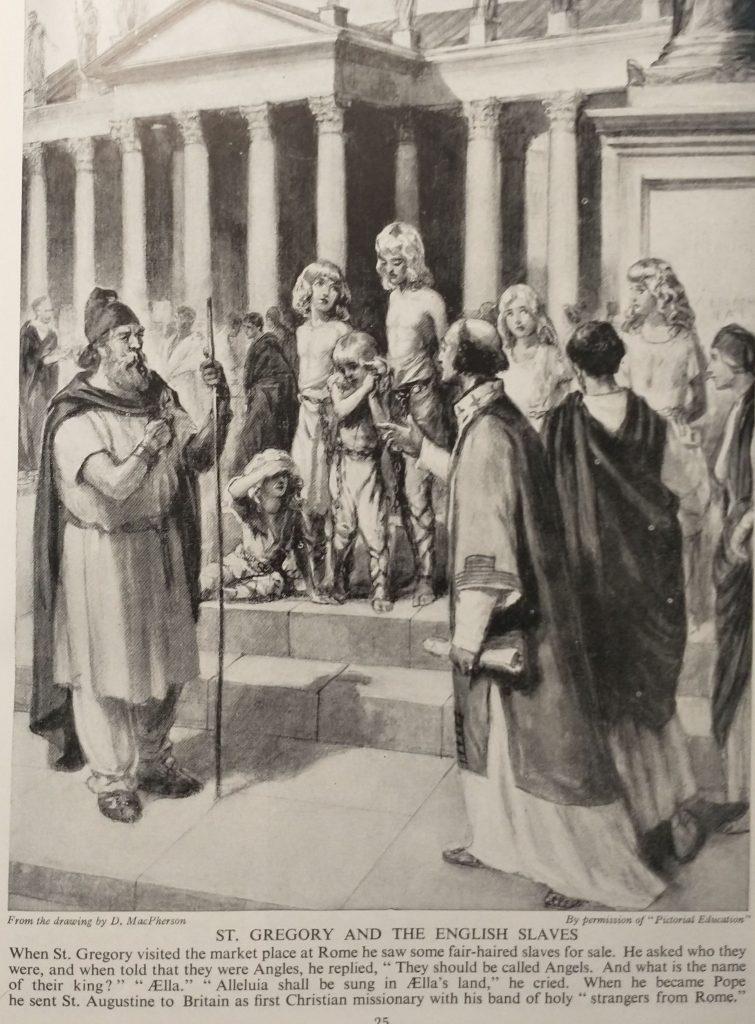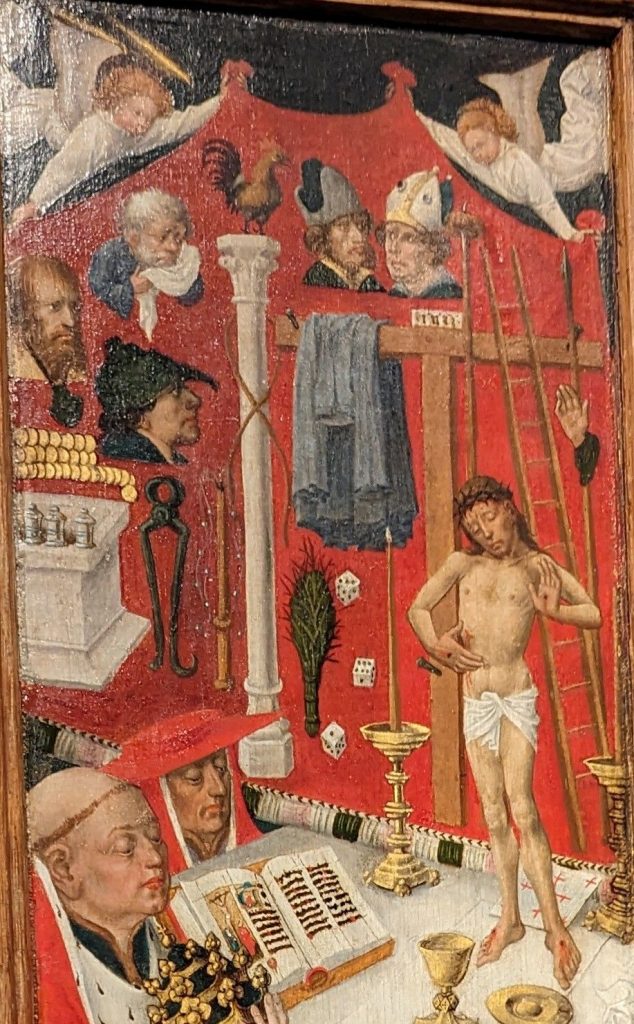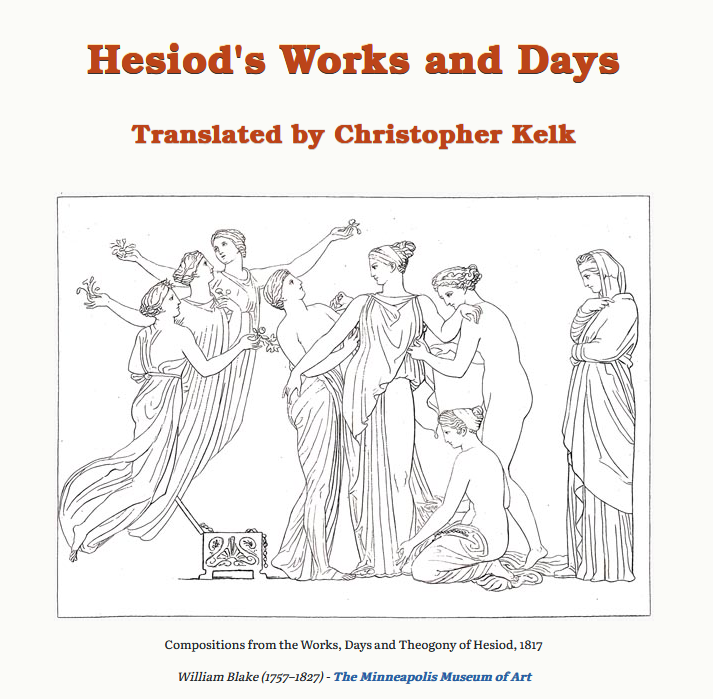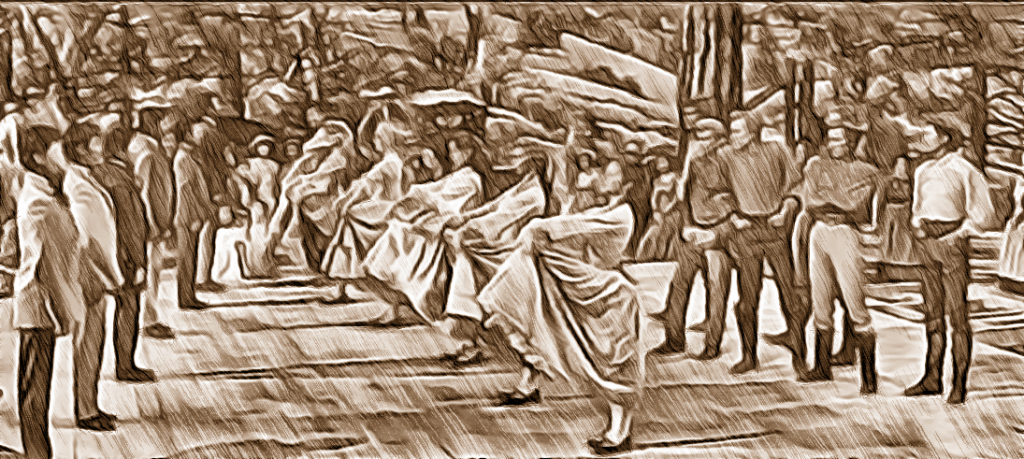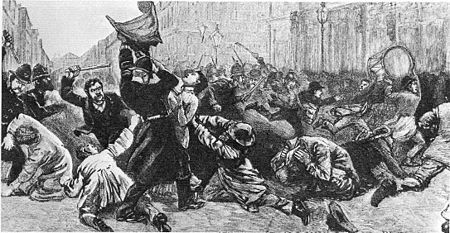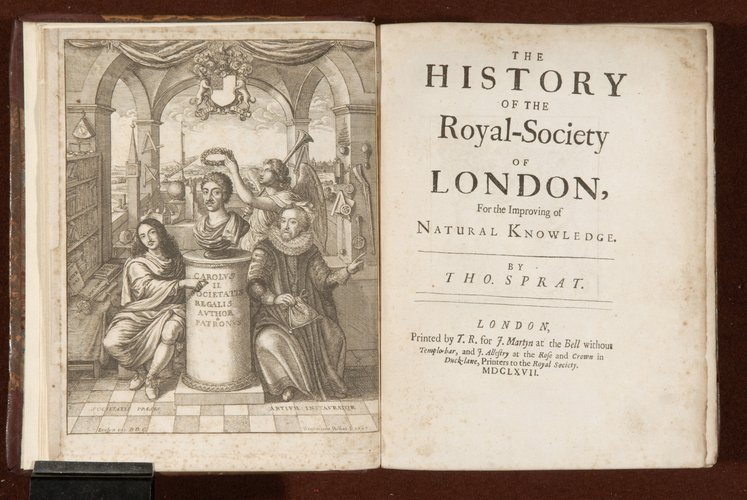
A few weeks ago I went to Gilbert White’s House in Selborne. The naturalist’s House also houses the Oates Museum for Lawrence ‘Titus Oates’ and his uncle Frank. Oates was one of the ‘heroes’ I read about as a child. He epitomised what was sold as the British virtues of pluck, self-sacrifice, restraint.
So, I have been seeking an opportunity to feature him and meant to post an entry from Scott’s Diary on 29th February to celebrate the Leap Year. But the piece of paper I had to remind me got buried. So here is part of the story of Oates self-sacrifice over the days from February 29th to March 16th:
Wednesday, February 29th 1912
Lunch. Cold night. Minimum Temp. -37.5°; -30° with north-west wind, force 4, when we got up. Frightfully cold starting; luckily Bowers and Oates in their last new finnesko; keeping my old ones for present. Expected awful march and for first hour got it. Then things improved and we camped after 5 1/2 hours marching close to lunch camp—22 1/2. Next camp is our depot and it is exactly 13 miles. It ought not to take more than 1 1/2 days; we pray for another fine one. The oil will just about spin out in that event, and we arrive 3 clear days’ food in hand. The increase of ration has had an enormously beneficial result. Mountains now looking small. Wind still very light from west—cannot understand this wind.
From Scott’s Polar Institute Web Site
A finnesko is ‘a boot of tanned reindeer skin with the hair on the outside’.
The next opportunity for the almanac was:
Monday, March 5th 1912
Lunch. Regret to say going from bad to worse. We got a slant of wind yesterday afternoon, and going on 5 hours we converted our wretched morning run of 3 1/2 miles into something over 9. We went to bed on a cup of cocoa and pemmican solid with the chill off. (R. 47.) The result is telling on all, but mainly on Oates, whose feet are in a wretched condition. One swelled up tremendously last night and he is very lame this morning. We started march on tea and pemmican as last night—we pretend to prefer the pemmican this way. Marched for 5 hours this morning over a slightly better surface covered with high moundy sastrugi. Sledge capsized twice; we pulled on foot, covering about 5 1/2 miles. We are two pony marches and 4 miles about from our depot. Our fuel dreadfully low and the poor Soldier nearly done. It is pathetic enough because we can do nothing for him; more hot food might do a little, but only a little, I fear. We none of us expected these terribly low temperatures, and of the rest of us Wilson is feeling them most; mainly, I fear, from his self-sacrificing devotion in doctoring Oates’ feet. We cannot help each other, each has enough to do to take care of himself. We get cold on the march when the trudging is heavy, and the wind pierces our warm garments. The others, all of them, are unendingly cheerful when in the tent. We mean to see the game through with a proper spirit, but it’s tough work to be pulling harder than we ever pulled in our lives for long hours, and to feel that the progress is so slow. One can only say ‘God help us!’ and plod on our weary way, cold and very miserable, though outwardly cheerful. We talk of all sorts of subjects in the tent, not much of food now, since we decided to take the risk of running a full ration. We simply couldn’t go hungry at this time.
From Scott’s Polar Institute Web Site
But March 16th was free in my almanac, so I have been preparing for this day! Only to find that Scott may have got his dates wrong, so it should be the 17th. But that’s St Patrick’s Day, so I’m going with the 16th.
Friday March 16th or March 17th 1912
Lost track of dates, but think the last correct. Tragedy all along the line. At lunch, the day before yesterday, poor Titus Oates said he couldn’t go on; he proposed we should leave him in his sleeping-bag. That we could not do, and induced him to come on, on the afternoon march. In spite of its awful nature for him he struggled on and we made a few miles. At night he was worse and we knew the end had come.
Should this be found I want these facts recorded. Oates’ last thoughts were of his Mother, but immediately before he took pride in thinking that his regiment would be pleased with the bold way in which he met his death. We can testify to his bravery. He has borne intense suffering for weeks without complaint, and to the very last was able and willing to discuss outside subjects. He did not – would not – give up hope to the very end. He was a brave soul. This was the end. He slept through the night before last, hoping not to wake; but he woke in the morning – yesterday. It was blowing a blizzard. He said, ‘I am just going outside and may be some time.’ He went out into the blizzard and we have not seen him since.
I take this opportunity of saying that we have stuck to our sick companions to the last. In case of Edgar Evans, when absolutely out of food and he lay insensible, the safety of the remainder seemed to demand his abandonment, but Providence mercifully removed him at this critical moment. He died a natural death, and we did not leave him till two hours after his death. We knew that poor Oates was walking to his death, but though we tried to dissuade him, we knew it was the act of a brave man and an English gentleman. We all hope to meet the end with a similar spirit, and assuredly the end is not far.
I can only write at lunch and then only occasionally. The cold is intense, -40º at midday. My companions are unendingly cheerful, but we are all on the verge of serious frostbites, and though we constantly talk of fetching through I don’t think anyone of us believes it in his heart.
We are cold on the march now, and at all times except meals. Yesterday we had to lay up for a blizzard and to-day we move dreadfully slowly. We are at No. 14 pony camp, only two pony marches from One Ton Depot. We leave here our theodolite, a camera, and Oates’ sleeping-bags. Diaries, &c., and geological specimens carried at Wilson’s special request, will be found with us or on our sledge.

How much Oates story is tarnished by discoveries published in 2002, I will leave you to read here.

